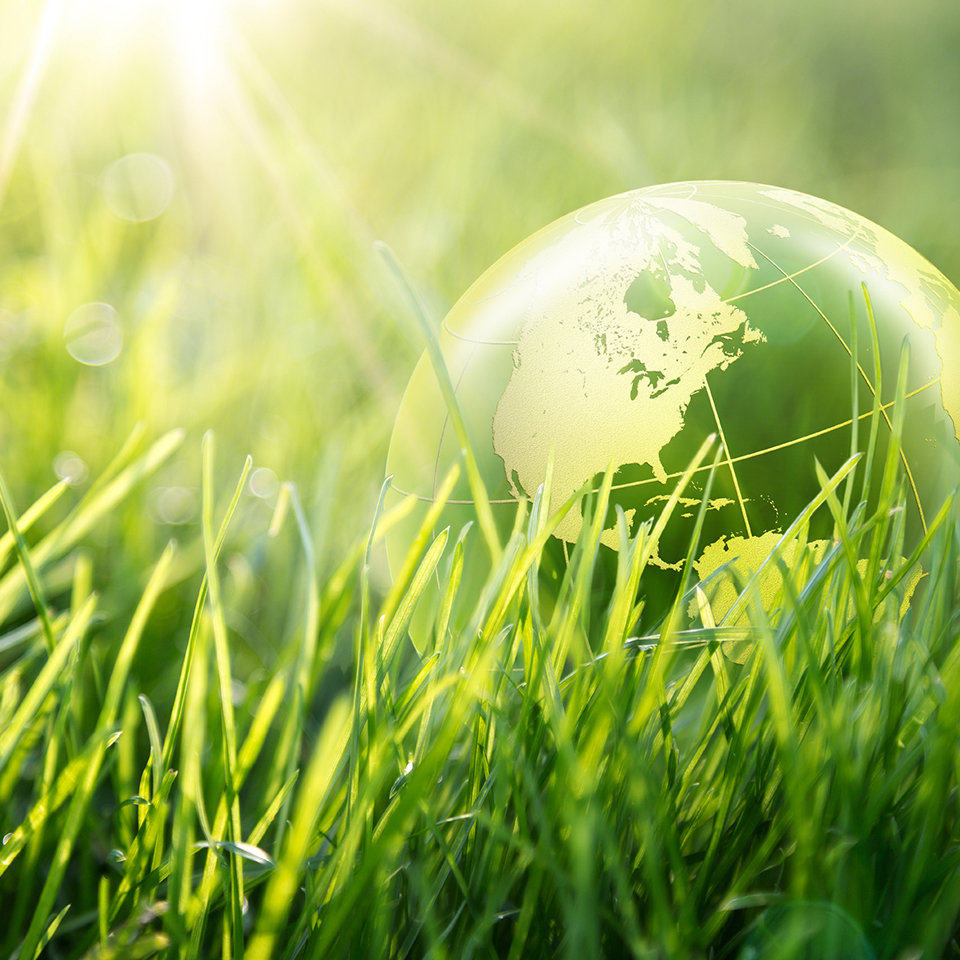Once upon a time, there were flip phones that allowed you to exchange tiny pictures with a few people. Data wasn’t an issue back then. But today we have a multitude of devices that take high resolution videos and pics and we share our lives with each other via uploads of data, streaming across the world wide web (don’t stop by the way – I love your updates). The result? Data is compiling at unprecedented rates. And that means power consumption. At unprecedented rates.
In 2013 alone, data centers consumed an estimated 91 billion kilowatt-hours of electricity. By 2020, that number is expected to grow to 140 billion kilowatt-hours annually. At a time when nations around the world have reached a collaborative agreement to reducing greenhouse gas emissions to combat climate change, energy consumption and sources are key.
Data centers operators around the world are taking the lead to keep up with the demand for energy in ways that not only meet demand, but are efficient and environmentally-friendly by greening the data center from the inside out.
- Design and Construction: It’s not just about finding a building and turning it into a data center. For new and existing buildings, companies are incorporating measures that address how to utilize the space to get the most use for the least consumption of resources. The first data center to achieve LEED certification did so in 2005. Since then, more and more builders are incorporating methods like improved cooling efficiency, clean backup power, green construction, and intelligent design to build and recommission sustainable data centers from start to finish.
- Renewable Energy: Around the world data centers are harnessing the power of natural resources. From purchasing renewable energy credits to on-site installations. Salesforce contracted for 40 MW of wind power in West Virginia. Google just agreed to buy 842 MW of wind and solar globally to offset energy consumption at its 14 campuses. Switch SUPERNAP data centers has committed to run its data centers by 100% renewable energy. And LinkedIn searched the planet before it chose Infomart’s West Coast data center for it’s environmental sound reliability.
- Improved Efficiency: But it doesn’t stop at construction and energy sources. Green data center operators are implementing efficient practices across their infrastructure to reduce energy use. For instance, using ENERGY STAR qualified servers paired with server consolidation improve performance and consume less energy. Even server arrangement is being addressed to ensure that heat flow is efficient and reduces energy use caused by simultaneous heating and cooling.
Imagine if every business everywhere were as aware of their energy consumption and invested in energy efficiency and renewable energy implementation at the rate the data center industry. Data centers, while consuming unprecedented amounts of energy are also blazing the path for renewable energy adoption and efficiency practices. They’re changing the world, right now.


